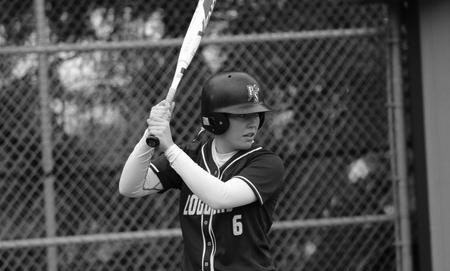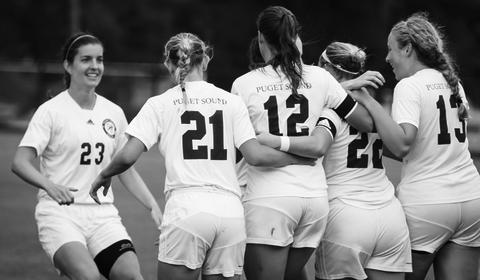
By Tayla Macpherson


Division III sports sometimes recieve less attention and renown than their Division I and II counterparts, and some athletes feel that Division III is stigmatized.
The biggest known difference between Divisions I, II and III is athletic scholarships. Receiving validation from an institution in the form of money is seen as a honor. Not having such a reward in Division III sports creates an immense separation between the Divisions. Not to mention the National Association of Intercollegiate Athletics (NAIA) Division, community colleges and junior colleges who also provide athletic scholarships.
Sophomore football player Zackary Teats (Reno, Nevada) speaks to the difficulty of not being taken seriously as an athlete without an athletic scholarship.
“The biggest Division III stigma that I see consistently is the perception that since we are not on some sort of athletic scholarship we are not actually college athletes or that since we play at small schools we are not playing important college sports. I take issues with these stigmas because the divisions of the NCAA were not made to put athletes into different categories, they were made to offer different experiences. And what many people do not understand is that playing a college sport at the Division III level gives the most unique student-athlete experience when compared to the other two divisions. We are very dedicated to our sports and studies. It is hard to get the best of both worlds at the other two levels,” Teats said.
Many people within society assume Division III sports are an entire grade down in all aspects compared to other college divisions. Division III student athletes have expressed that the biggest stigmas of Division III include being labeled as having less time commitment, lack of skill and a limited level of competitiveness. In truth, these factors depend on the school and the individual program. No skill or level of talent should be determined by the label on the front cover.
University of Puget Sound is a highly regarded academic institution. Such a rigorous university downgrades the ability of student athletes, because many people believe athletes cannot do both if they are competing at a high level.
Loree Payne, women’s head basketball coach, gave insight to comparing Divisions after coaching and playing at a Division I institution. Payne has announced that she will be accepting a position at Northern Arizona University, a Division I instituion.
“There are aspects of our facilities that would compete at that level, but some aspects that would not. We have an awesome game court, yet we do not have a full practice court. Players on my bench may start at a different DIII institution, but don’t have the skill yet to start here because of the competitiveness of our program,” Payne said.
Coaches, facilities and programs vary at any level. The University of Puget Sound is lucky to have such impressive facilities and some immensely talented programs, yet there are other areas the university lacks in. However, the greatest pattern heard from coaches and players is the lack of athletic money available at the Division III level.
Joe Vari, women’s soccer head coach, explains the differences in programs at the DIII level, in addition to the challenges with recruiting players to a DIII school.
“I have lost players to athletic scholarships at Division I schools. Competition and skill level differs per program, not per division. There are Division III programs, like us, who could compete against lower Division I programs and vice versa,” Vari said.
Division III athletics shared a uniqueness that positively separates the community from the rest. Teats elucidates the truth of being a Division III athlete.
“When it comes to the commitment of the studentathlete, the quality of the school, the dedication of coaches and other staff, and the pride that one takes in competing at the college level, then no I do not see any gaps. The love of sports is the same across all levels,” Teats said.
Expressing the great amount of difference in athletic departments throughout all divisions is vital. All programs have differentiating factors like skill, drive, staff and academic strength. Some institutions have a renowned coaching staff, where others are academically challenging. This does not mean one program is less than the other. Division III stigmas will be eliminated if society recognizes all institutions individually.
